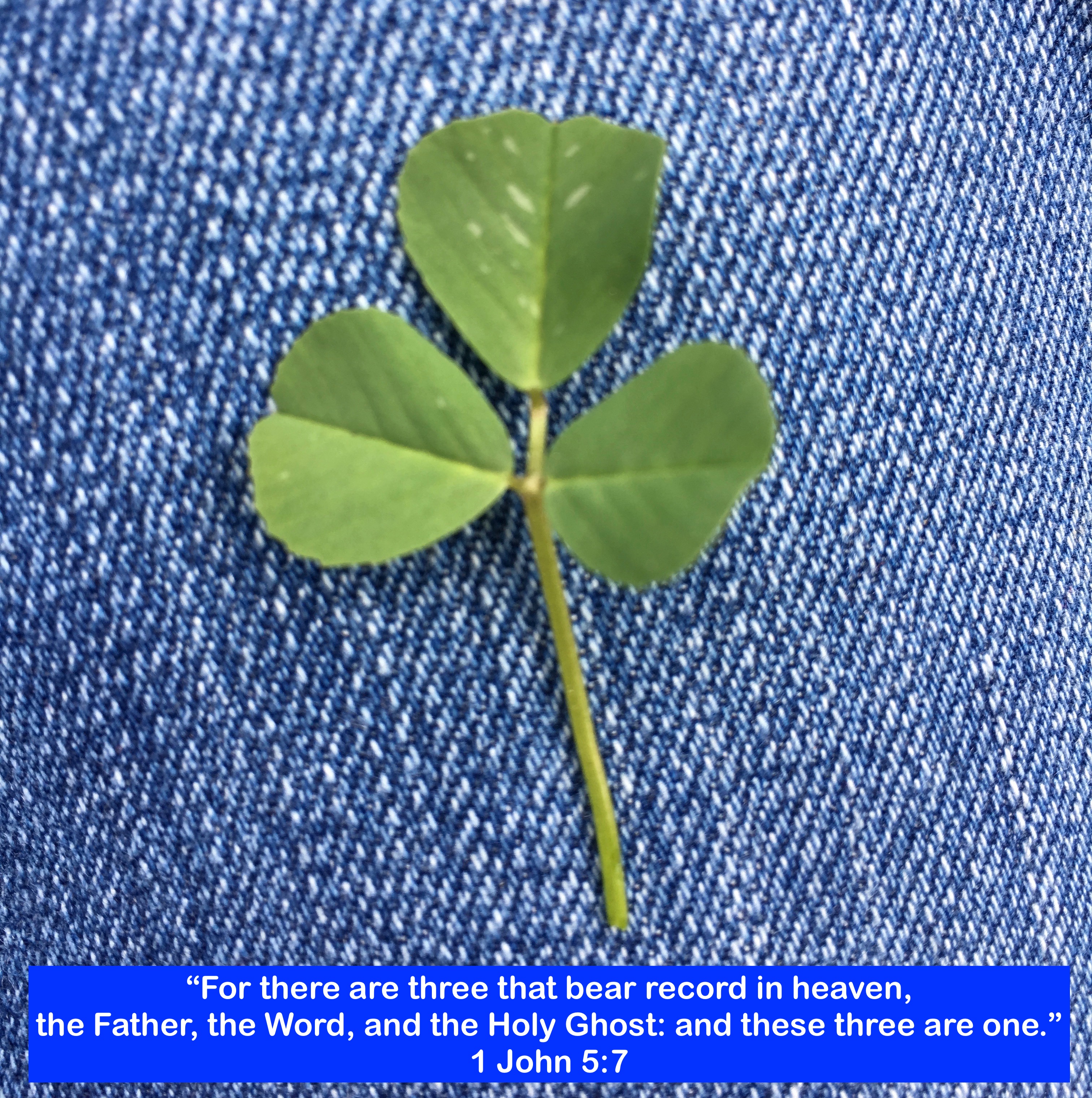
“And we know that all things work together for good to them that love God, to them who are the called according to his purpose.” – Romans 8:28
Happy St. Patrick’s Day! As I put on my green clothes in honor of the holiday (and to keep from getting the traditonal pinch!), it occurs to me that some folks may not be familiar with who St. Patrick was and why there is a day celebrating him.
The story begins with a 16-year-old English boy who basically was kidnapped from his father’s farm by Irish raiders. He was taken to Ireland to live and work as a slave. It was during this time in Ireland that Patrick found comfort in religion.
6 years later, Patrick escaped and fled to Germany where he eventually became a priest. He chose to spend the rest of his life as a missionary in Ireland spreading Christianity to the paganists in that land and supporting the sparse number of Christians already living in Ireland.
Patrick is known for using a shamrock to teach the Irish about the holy Trinity. Since the shamrock was considered a sacred plant in Ireland, it was the perfect symbol of the Father, the Son, and the Holy Spirit – three-in-one! The shamrock’s three leaves were all connected together by one stem… three-in-one.
“And he said unto them, Go ye into all the world, and preach the gospel to every creature.”- Mark 16:15
Here are a few facts about St. Patrick.
1) He truly was not responsible for removing the snakes from Ireland. There were never snakes on the Emerald Isle, however, there was the “snake of paganism” there, and Patrick was a huge influence in spreading the gospel throughout Ireland.
2) Leprechauns are found in the Celtic beliefs, and they are associated with fairies. They are known for playing tricks on people to protect their riches… their pots of gold.
3) The first St. Patrick’s Day parade was held in New York City on March 17, 1762.
4) Patrick is the patron saint of Ireland, although he was never canonized by the Catholic church. The title of “Saint” was simply used and handed down through generations when referring to Patrick.
5) Patrick created the Celtic cross… a sun superimposed on a cross, knowing that the sun was a powerful Irish symbol and would be familiar to the people as he shared the gospel.
6) Since the Catholics did not advocate drinking during Lent, drinking beer or ale was not established as part of the celebration until the 1960s.
7) Patrick was not Irish; he was English.
